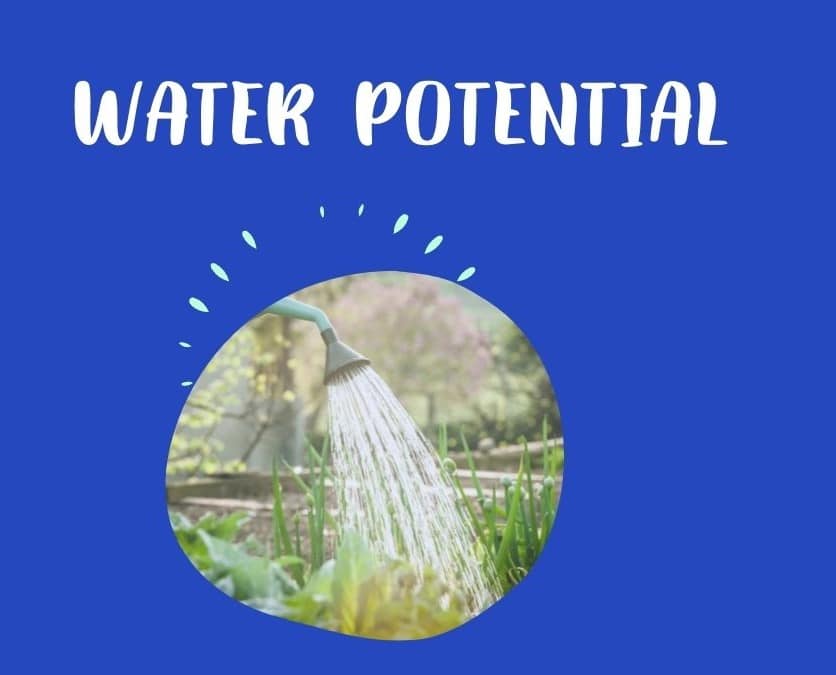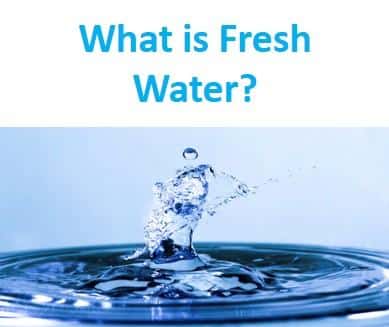An emulsion is a mixture of two or more unmixable and unblendable liquids. It is a term that is used in chemistry. It means that the dispersed phase and the dispersion medium in an emulsion are both liquids. Some examples of emulsion are listed below:
- Oil in water: When oil and water are shaken together, they form emulsions. The oil will condense into drops that will disperse throughout the water.
- Egg yolk: The yolk of an egg is an emulsion that contains the emulsifying agent lecithin.
- Butter: Butter is a fat-water emulsion.
- Many moisturizers (either oil in water or water in oil)
- Crema on espresso (coffee oil in water)

Table of Contents
Emulsion Definition
An emulsion is defined as a mixture of two or more normally immiscible liquids.
Emulsions are colloids, which are homogeneous mixtures of particles larger than molecules that scatter light but are small enough not to separate. Emulsions are made up of two parts: the dispersed phase and the dispersing medium (continuous phase).
Emulsification is the process of turning a liquid mixture into an emulsion.
Properties of Emulsions
- Most emulsions appear cloudy or white because the phase interphases between the mixture’s components scatter light.
- Microemulsions and nanoemulsions contain particles with diameters smaller than 100 nm, which are too small to scatter light. These emulsions may appear clear.
- Emulsions lack ordered internal structure because they are composed of liquids. The droplets are more or less evenly distributed throughout the dispersion medium, but their sizes do not appear uniform under magnification.
- Emulsion components do not spontaneously mix. Energy is required, which is typically provided by shaking, stirring, or ultrasonic homogenization.
Difference between Aerosols and Emulsion
Aerosols are colloid particles that are dispersed in a gas. Hair spray, fog, mist, and clouds are all examples of liquid dispersed in gas. Emulsion: An emulsion is a colloidal dispersion of minute droplets of one liquid in another liquid that is not miscible with it.
Key Points: Emulsions
- An emulsion is a mixture of two liquids that would normally not mix together. That is a combination of two immiscible liquids. An emulsion is defined as tiny particles of one liquid suspended in another. They are colloids in which both phases are liquids.
- A gel and an emulsion are two different chemical compounds. The primary distinction between gel and emulsion is that a gel is semisolid, whereas an emulsion is a liquid.
- Emulsions are formed by agitating two immiscible liquids, such as oil and water, in the presence of an emulsifier, which can be a protein, phospholipid, or even a nanoparticle.
More Links
Why Does Oil Float on Water?
Soft Water vs. Hard Water
What is Potable Water?
Saponification – Definition and Process
Distillation| Principles, and Processes
Is Water a Mixture?
Surface Tension of Water
Sublimation Examples| Process & Case Study
- BCl3 Lewis Structure in four simple steps - November 1, 2023
- PH3 Lewis Structure in four simple steps - October 8, 2023
- PF3 Lewis structure in four simple steps - September 24, 2023



